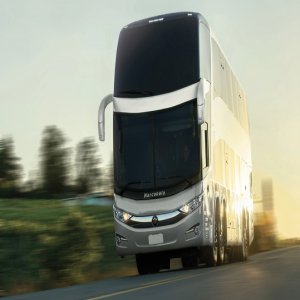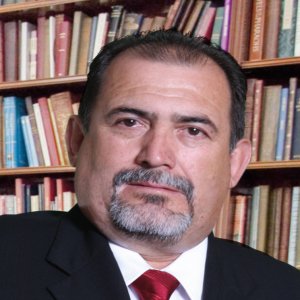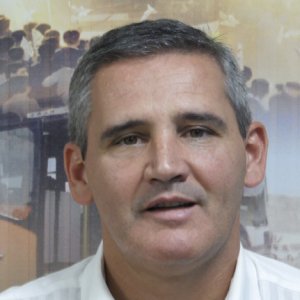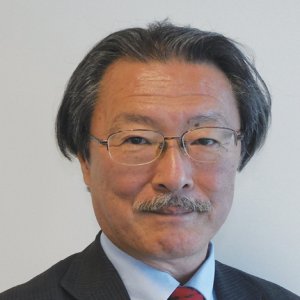Grassroots Recruitment for the Queretaro Automotive Cluster
STORY INLINE POST
In June 2015, the Queretaro manufacturing industry registered a production value of MX$19.2 billion (US$1.28 billion), according to the National Institute of Statistics and Geography (INEGI). This represents an increase in value of MX$2.9 billion (US$193.3 million) since June 2014. One third of the workforce in Queretaro is involved in the manufacturing industry, which is largely dominated by automotive and heavy industry sectors. Heavy investment from a number of Japanese OEMs has been a key contributor to this growth, as well as the efforts by the Queretaro automotive and aerospace clusters. The automotive cluster is formed by a combination of government agencies, automotive companies, and universities in the region, collaborating in order to boost the capabilities of the sector within Queretaro. The main factors driving this process are people and knowledge, according to Antonio Herrera, President of the Queretaro Automotive Cluster. As a result, there is active participation with universities, with a university chairman included on the board. Besides its 34 company members, the cluster works with seven universities and R&D centers, namely the Monterrey Institute of Technology and Higher Education (ITESM), the Autonomous University of Queretaro (UAQ), the Technological University of Queretaro (UTEQ), the Polytechnic University of Queretaro (UPQ), the Polytechnic University of Santa Rosa Jauregui (UPSRJ), the Technological University of San Juan del Rio (UTSJR), and the Center for Engineering and Industrial Development (CIDESI). One of the main targets of the cluster is the promotion of engineering professions in a strategy developed with ITESM. Herrera believes that there has been a continuous decrease in interest in these professions, while there is a simultaneous lack of skilled, experienced personnel within the automotive industry. “Most universities offer a large career portfolio and they do not always know how to promote their engineering division, or how to attract the proper talent for each degree,” he states. For this reason, the cluster is concerned about how many good engineers are being produced by these institutions. The cluster has been working with UPQ to develop appropriate programs for each discipline, and the government is currently constructing a project for an automotive university, similar to the institution for the aerospace industry. In conjunction with the Ministry of Public Education (SEP), the aim is to attract students from an earlier age by displaying the benefits of working in the automotive industry. One potential strategy to achieve this takes inspiration from Volkswagen in Puebla, which organizes tours for school-age children in order to generate more interest in a future career in automotive engineering.
There is an urgent need for mechanical, metallurgical, and material engineers, according to Herrera, and the difficulty lies in both initial recruitment and retention. The cluster is therefore exploring further options with its HR committee in the hopes of following the German model of dual education provided through the manufacturing plant. In this way, the cluster is implementing a renewed focus on solutions for human capital shortages, attempting to provide effective training from a young age in a grassroots approach to recruitment.























